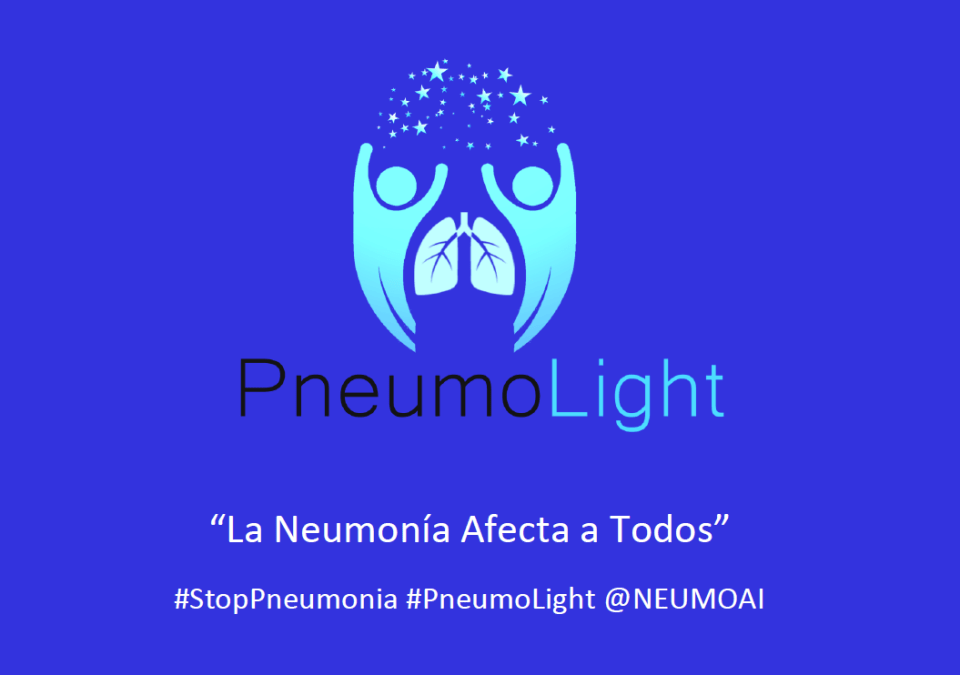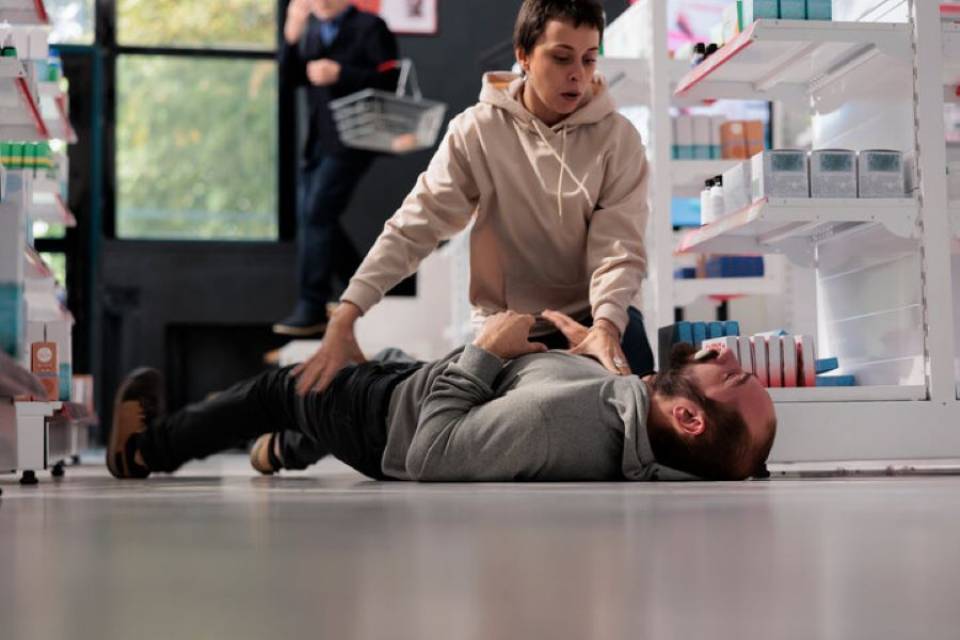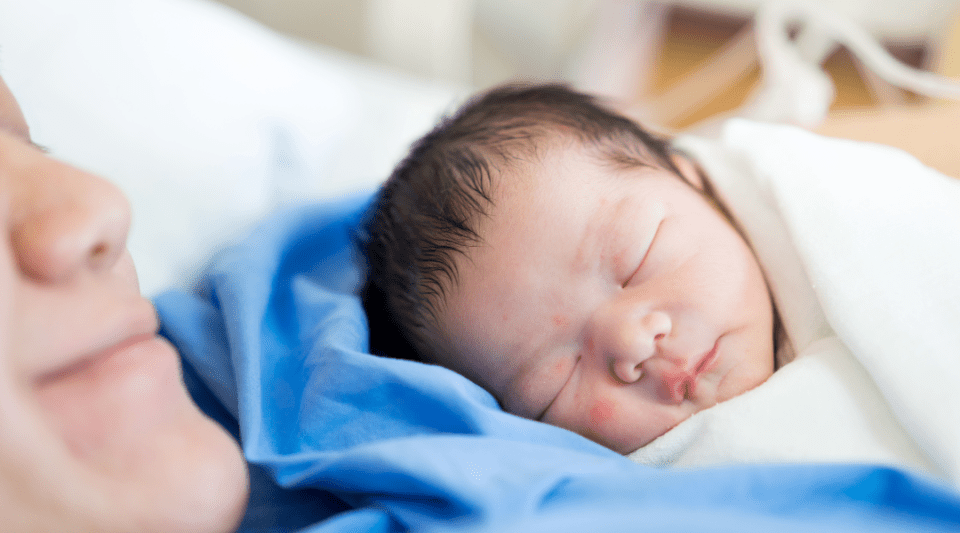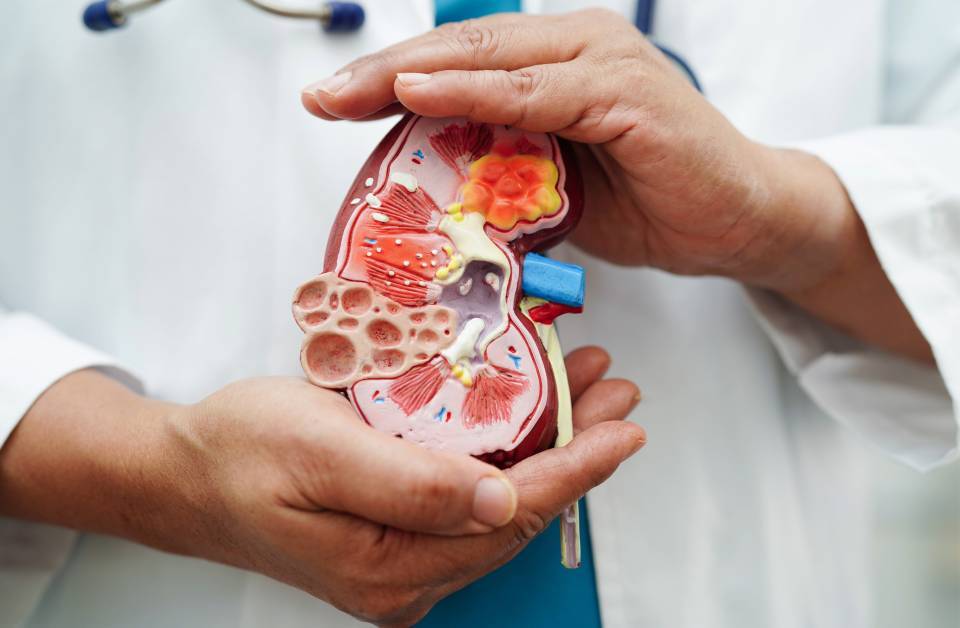Despite the publication of many epidemiological articles exposing the seriousness of pneumonia, the significance of this disease continues to be underestimated. In 2009, pneumonia caused the death of approximately 1.2 million children. Unfortunately, more than a decade later, pneumonia continues to be a neglected disease, which causes approximately 800,000 deaths in children under 5, and 1 million deaths in elderly people (those over 70) every year, according to data from 2017.
Education and raising awareness are essential to fight this significant threat to public health. Social media is one of the channels with most potential to spread accurate information about pneumonia to the general public. At the start of 2020, approximately 4.5 billion people across the world were using the internet, and 3.8 billion used social media, representing more than half of the world’s population.
Furthermore, because these media have been incorporated into daily life, a significant proportion of people also use them to seek information on health. People with chronic illnesses are especially prone to this, as they use social media to obtain more information on their condition, to make better decisions related to health, and also to seek support from other people affected by the same illness.
What’s more, social media is a way to promote science and culture, to improve the visibility of numerous matters and to provide knowledge to a broader sector of society.
To demonstrate this, a study was conducted on the information spread on Twitter during the H1N1 flu pandemic in 2009, in particular the use of the term “H1N1” compared to the term “swine flu” in tweets made in this year. During a period of approximately eight months, the authors detected more than two million tweets containing the terms “swine flu” and “H1N1”. It was observed that the proportion of tweets that used the term “H1N1” had increased compared to the use of the term “swine flu”, which showed that the general public and the media adopted the terminology recommended by the WHO. This study highlighted the potential and viability of using social media to carry out “infodemiology”, in other words, studies on public health matters.
In the case of pneumonia, education and raising awareness are especially important, as there are many incorrect perceptions. The population’s ability to identify the early symptoms of pneumonia must be improved to prepare them to seek emergency medical treatment. Accessing treatment quickly is essential, especially in risk groups, for example small children, the elderly and people with comorbidities.
The situation of pneumonia on social media has improved since 2009, when 12th November was established as World Pneumonia Day to raise awareness about the condition, particularly in children. The objective of this day is to promote actions to prevent and treat pneumonia, as well as to underscore solutions to improve the situation of this disease, which requires more resources, as well as a call to action (for example encouraging donations).
With the same objectives, the World Pneumonia Awareness Campaign “PneumoLight” was initiated. PneumoLight uses social media to distribute scientific information on the disease to raise awareness about this infection, which is totally preventable. This project, which has already been going on for 5 years, has suggested illuminating monuments around the world to give visibility to World Pneumonia Day. It is not about simply illuminating the buildings, but rather about raising awareness amongst the authorities and citizens. Currently, 31 countries have signed up, with a total of 124 buildings and monuments being lit up in blue on 12th November, World Pneumonia Day.
This awareness-raising campaign has the support of the main scientific communities in respiratory and infectious diseases, and the collaboration of scientific institutions that include Hospital Clínic de Barcelona, the University of Barcelona (UB), the Barcelona Global Health Institute (ISGLOBAL), the Forum of International Respiratory Societies (FIRS) and the Spanish Society of Infectious Diseases and Clinical Microbiology (SEIMC), amongst others.
In conclusion, social media may play a critical role in helping people to understand and manage pneumonia. It can be used as a tool to distribute information based on science, and to increase awareness about a public health threat that continues to be underestimated.
Source: Dr Catia Cillóniz, Coordinator of Pneumonia Research at the CIBERES Group, Applied Research in Respiratory Diseases, Associate Professor at the University of Barcelona.




